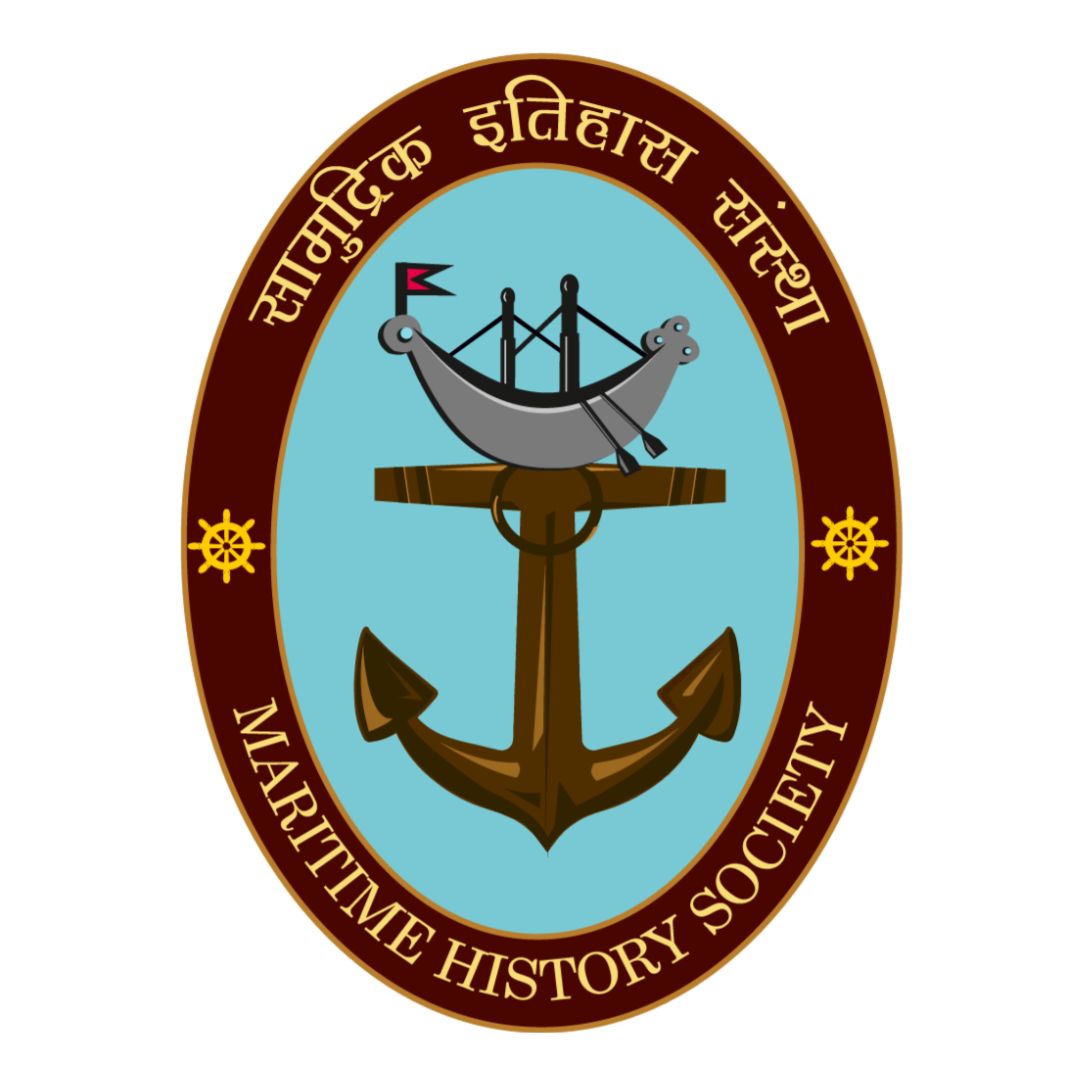Shipbuilding in India gained momentum in the nineteenth century when the East Indian Company built the Bombay Dockyard and started the construction of ships. The British initially used the Indian shipbuilding ports for repairs to deal with the increasing piracy threats from Indians and Europeans and other foreign powers. The constant sea battles and the rapid building of ships lead to the shortage of oakwood in Britain, which forced them to build ships in their overseas colonies. Hence, the company was sanctioned to build ships in India. In March 1736, the arrival of Lowjee Nusserwanjee Wadia in Bombay from Surat marks the start of the ‘golden age’ of shipbuilding in Bombay.
HMS Minden was one of the finest ships of its time, built in Bombay by the Wadias, in Duncan docks of Bombay. A 74-gun, Gange’s class ship, HMS Minden was built in 1810 by Jamshedji Bomanji Wadia and was the first ship to be built outside of Britain. The ship was inaugurated on this day, in 1810 by Jonathan Duncan, Governor of Bombay by ‘Breaking the bottle’ a prevailing tradition to bring good luck for the ship’s voyages. It was an admiralty-built, first of the line battleship built at the Bombay docks, commissioned under the British Royal Indian Navy. The ship was named after Minden, a town in Germany where the British had battled the French in 1759. Wadia himself had written several accounts on HMS Minden.
Initially, construction of the ship was proposed to be carried in Beypore, but it was eventually handed over to the Wadias as the proposal to build a battleship at Beypore was shot down by company officials in Bombay. Oak was popularly used for building ships back in the time, but oak contains lignic acid which deteriorated the metal used to hold the ship together. The HMS Minden was built from teak, as it had several advantages over the use of oak, such as minimal corrosion on metal fastenings, lesser seasoning time, and longer durability compared to ships built of oak. The living proof of the durability of teak-wood is the HMS Trincomalee built in 1812 is, till date afloat in Hartlepool, England.
| Jamshedji Bomanji Wadia Source: https://en.wikipedia.org/wiki/File:Jamsetjee_Bomanjee_Wadia,_Parsi_master_shipbuilder_RAS_01.007.jpg |
Another piece of history that the HMS Minden carries is that the American National Anthem, ‘Star-Spangled Banner’ was written onboard this ship. The American lawyer Francis Scott Key was sent aboard HMS Minden to negotiate the release of a captured friend by the British. As Mr. Key was held prisoner on the ship, he watched Baltimore, his hometown getting bombed by the British. The next morning, he was astonished to see the American flag still flying on the McHenry Fort, which in turn inspired him to pen ‘The Defence of Fort Mc Henry’ which was renamed as ‘The Star-Spangled Banner’ and due to its popularity was officially made the National Anthem of USA in 1931.
On 8 February 1811, Minden sailed from Bombay on her first cruise, commanded by Edward Wallis Hoare. The ship was engaged in several battles in Algiers, Malta, Trincomalee, etc. At the Devonport dock on 25 September 1840, she suffered severe damages in a fire, which was successfully put out. After serving as a hospital ship in Hong Kong, in 1861 the ship was finally decommissioned and sold for scrapping in August of 1861. Made in India and built by an Indian, HMS Minden truly is a symbol of our Atmanirbhar Bharat.
References:
- Ajmera, Ankit, “4000 years out at sea”, Mumbai Mirror, 19 December 2011. https://mumbaimirror.indiatimes.com/mumbai/other/4000-years-out-at-sea/articleshow/16189905.cms
- Deshmukh, Cynthia, “The Rise and Decline of the Bombay Ship-building Industry, 1736-1850”, Indian History Congress Vol. 47, 1986. https://www.jstor.org/stable/44141601
- Gokhale, Aneesh, “US owes its gratitude of this ‘Made in India’ ship”, DNA, 23 September, 2018. https://www.dnaindia.com/analysis/column-us-owes-its-gratitude-to-this-made-in-india-ship-2666531
- Kochhar, R.K., “Shipbuilding at Bombay”, Current Science Association, Vol.66, No.12, 25 June 1994. https://www.jstor.org/stable/24095910
- Lavery, Brian, “The Ship of the Line – Volume 1: The development of the battlefleet 1650-1850”, Conway Maritime Press, 2003, ISBN 0-85177-252-8.
- Pandey, Kirti, “The US National Anthem Was Written Aboard This Made-In-India Ship”, The Quint, 04 May 2017. https://www.thequint.com/news/india/american-anthem-written-on-made-in-india-ship-hms-minden
- Shenoy, Karun, “Bombay’s gain, Beypore’s loss”, Times of India, 06 November 2021. https://timesofindia.indiatimes.com/blogs/tracking-indian-communities/bombays-gain-beypores-loss/?source=app&frmapp=yes



0 Comments